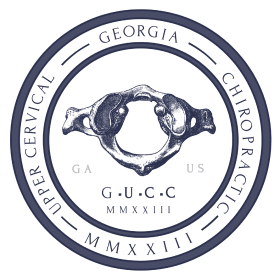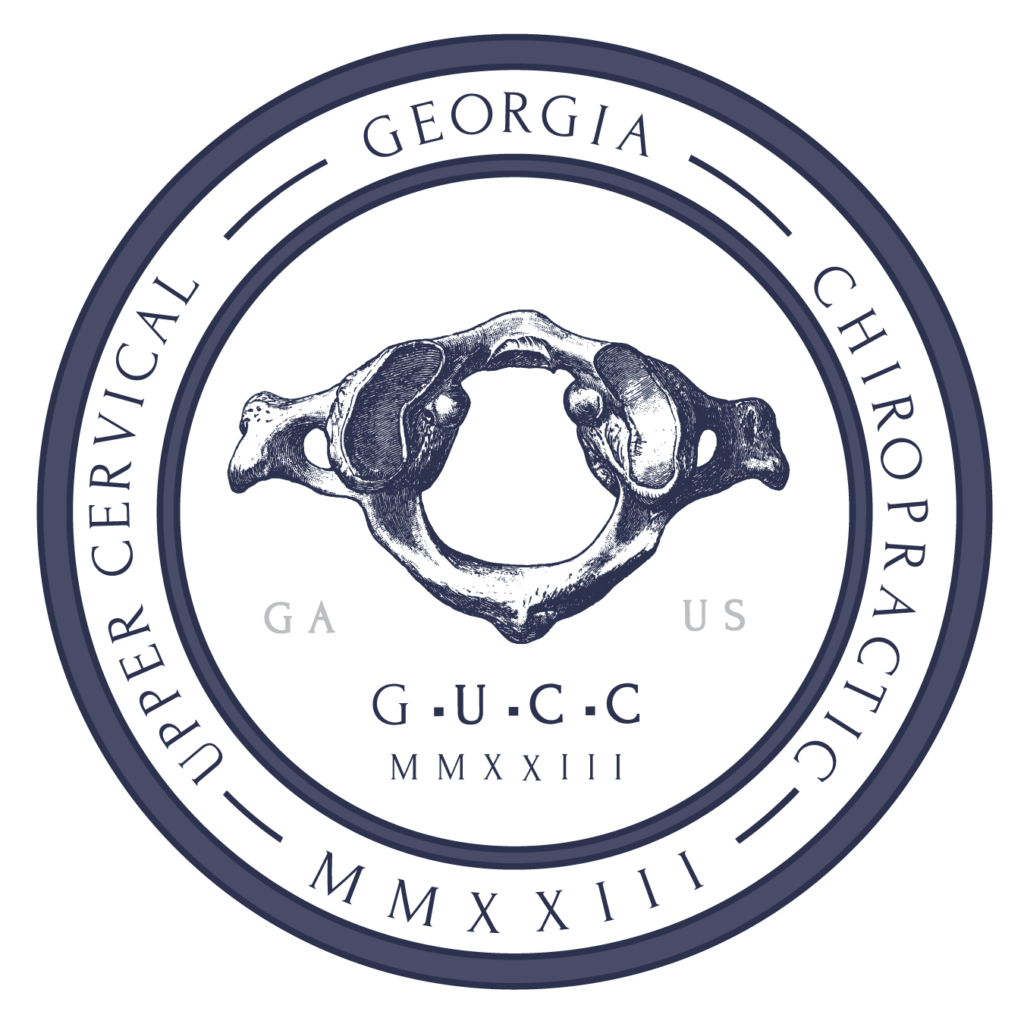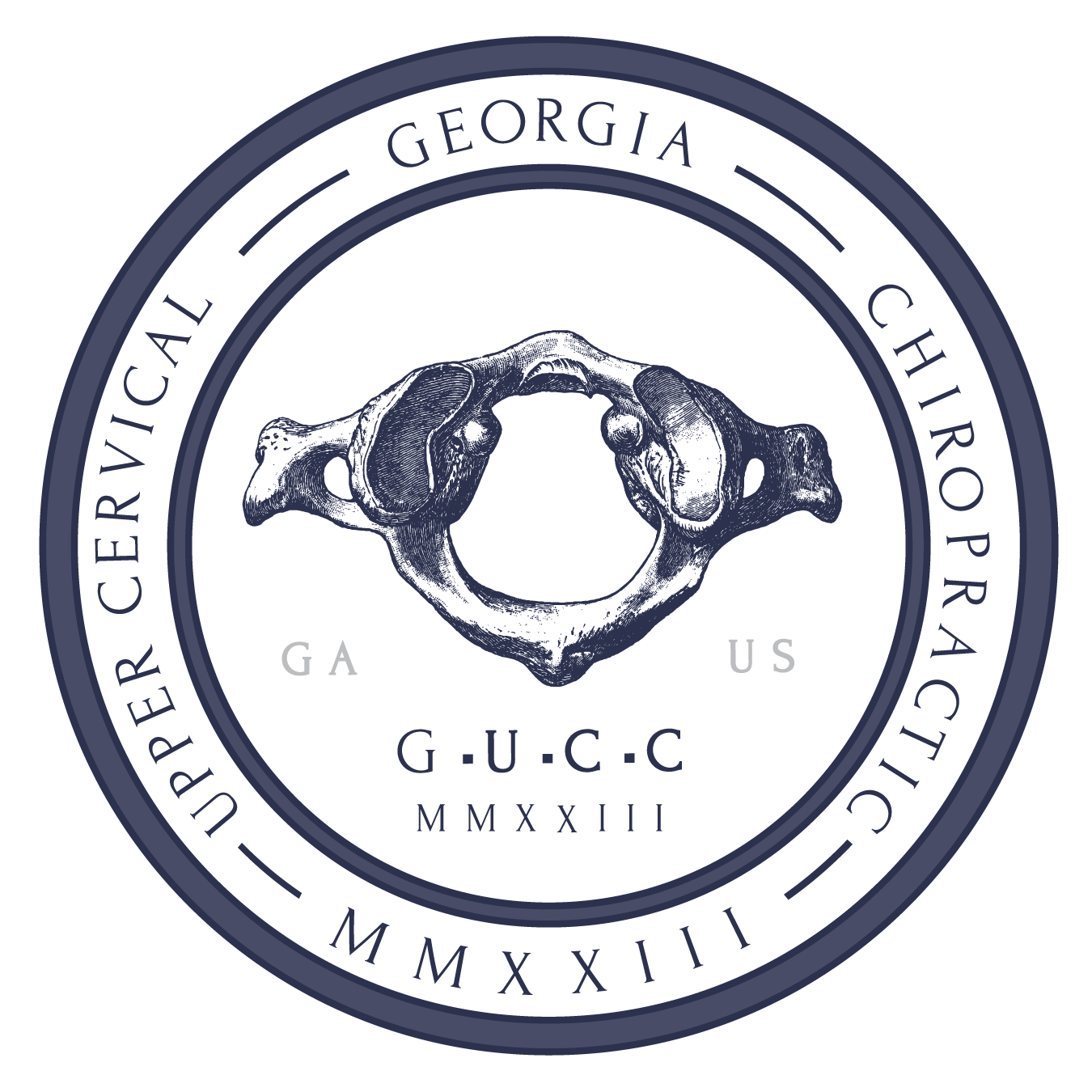Can Thoracic Outlet Syndrome Cause Dizziness?
The first signs of thoracic outlet syndrome (TOS) are typically pain in the neck or shoulders and numbness in the fingers, but TOS can also cause dizziness or vertigo in some patients.
Understanding the root cause of this complicated condition is the best way to relieve symptoms and treat TOS long-term.
How TOS Works
TOS describes a group of disorders caused by nerve compression or problems with the blood vessels in the thoracic outlet. This space between your collarbone (or clavicle) and your first rib is also called the costoclavicular space.
While there is no single cause. having a cervical rib, or extra rib, can increase the chances of developing TOS.
TOS can cause permanent pain or swelling in the upper extremity areas, limited range of motion, atrophy in the affected areas, even acute thrombosis if left untreated. Outcomes are best in patients who catch and begin treating TOS symptoms early.
Types of TOS
There are 3 main types of TOS:
- Neurogenic thoracic outlet syndrome (NTOS):Neurogenic TOS is the most common type of TOS. NTOS is typically caused by physical abnormalities or trauma to bones and tissues surrounding the thoracic outlet.
- Venous thoracic outlet syndrome (VTOS): Venous TOS is also known as Paget Schroetter syndrome (PSS). VTOS is caused by compression of the subclavian vein, or the veins underneath your clavicle. This can cause blood clots if left untreated.
- Arterial thoracic outlet syndrome (ATOS): Arterial TOS is the most serious but also the most rare type of TOS. In cases of ATOS, a cervical rib or other congenital abnormality causes compression of the subclavian artery. This can lead to an aneurysm or stroke.
Causes
The most common cause of TOS is physical trauma, like whiplash, or repetitive use injuries. The latter is common in desk workers and competitive athletes, particularly in sports like volleyball and swimming that involve repeated arm movements. Women are slightly more at risk for TOS.
Less common causes of TOS include tumors, bad posture, excess tissue or tightness in the fibrous band, and structural or congenital abnormalities. It can also cause any number of complications if left untreated for too long.
Symptoms of TOS
Some symptoms of TOS mimic other conditions, which can make it very challenging for a physician or even neurologist to diagnose. That includes chest pain, a less common symptom reported in some TOS patients.
Symptoms can also vary depending on the type of TOS you’re suffering from, but more common TOS symptoms include:
- Numbness or tingling in the arms or fingers
- Neck pain
- Shoulder, hand, or arm pain
- Weakness or fatigue in the shoulders, neck, arms, or hands
- Discoloration in the hands
- Cold hands and fingers
Dizziness or vertigo is less common with TOS, but it has been reported in long-term TOS sufferers, especially when other conditions are also at play.
When TOS Might Cause Dizziness
Dizziness is less common with TOS, but some studies show it reported in patients with compression of the brachial plexus, a sign of NTOS. That compression affects the network of nerves, including the ulnar nerve, that sends messages from the spinal cord to your shoulders, arms, and hands.
In some cases, this compression can lead to problems with balance, posture, and even dizziness. While dizziness is more common in older patients, compression as a result of trauma or minor incidents like a bad stinger in contact sports is more common in younger patients.
In younger patients, TOS left untreated can also cause problems like compression of the subclavian artery, a condition that often comes with vertigo. Patients of any age with dizziness may also report blurred vision, migraines, and brain fog on top more classic symptoms of TOS.
This is what makes TOS such a complicated series of disorders to treat. Symptoms often mimic other serious conditions, even when a patient comes in without an obvious physical abnormality shown on X-rays.
Other Possible Causes of Dizziness
Dizziness symptoms are also more common in patients reporting comorbidities like migraines, tachycardia, or sleep disorders. Some researchers call presentations like this “disputed TOS” because of a lack of clear diagnoses for such a broad range of symptoms.
It’s important to note that many neurological specialists prefer not to use the term because it suggests that patients are being misdiagnosed.
It’s also true that TOS can present with other conditions. Cervical vertigo is linked to problems with the neck, such as an injury that forces the neck out of alignment. It can also be caused by a variety of neurovascular conditions and rare disorders, like rotational vertebral artery occlusion.
Any of these conditions can come with serious vertigo symptoms. Fortunately, there are a variety of treatment options that can lead to good outcomes. This includes chiropractic care for vertigo to improve any misalignments contributing to discomfort and dizziness symptoms.
Treatment Options
Your treatment plan will depend on the underlying cause of your symptoms. Your healthcare provider will conduct a physical examination and complete a medical history first, followed by choosing a series of diagnostic tools to get to the root of the problem.
These tools may include imaging scans, venograms, stress and balance tests, and nerve conduction studies to both determine the type of TOS and rule out other conditions.
Once diagnosed, the treatment for NTOS is often a combination of physical therapy and other exercises for TOS. This may include simple shoulder rolls or stretches of the scalene muscles, These are the muscles found on either side of your neck.
Lifestyle changes like changing your sleeping position and over-the-counter medications for pain relief may also be recommended.
TOS patients with VTOS may need blood thinners to dissolve clots and improve blood flow through the arteries. In serious cases with existing blood clots found on an angiography, a vascular surgeon may need to perform an angioplasty to open blocked arteries.
In the most serious cases across all 3 types of TOS, surgical treatment options may be recommended to allow for decompression in the thoracic outlet. A first ribresection is the most common surgery for TOS patients experiencing overcrowding from a cervical rib.
How Chiropractic Can Help
Poor posture and misalignments in the thoracic or cervical spine can cause pain and discomfort over time. Chiropractic care can restore proper position of the joints and muscles surrounding the spine, ribs, collar bone, shoulder blade, and upper extremity in order to treat the root cause of your TOS.
Regular chiropractic carecan also improve balance and strengthen targeted muscles, two key components of a healthy neck and spine.
If you’ve been diagnosed with TOS, Georgia Upper Cervical Chiropractic can help no matter where you are in your treatment journey. We can help restore mobility lost to TOS symptoms over time and reduce tension in areas affected by your condition.
If you’re suffering from vertigo or conditions like benign paroxysmal positional vertigo (BPPV) that cause vertigo, we can help you there, too. Many vertigo patients report long-term relief after improving misalignments in the vertebrae of the upper cervical spine.
Ready to get to the root of your problem with chiropractic care? We’re currently accepting new patients at our Ball Ground and Atlanta/Decatur offices.
Sources
- Fitzgerald G. Thoracic outlet syndrome of pectoralis minor etiology mimicking cardiac symptoms on activity: a case report. J Can Chiropr Assoc. 2012 Dec;56(4):311-5. Full text: https://www.ncbi.nlm.nih.gov/pmc/articles/PMC3501918/
- Li N, Dierks G, Vervaeke HE, Jumonville A, Kaye AD, Myrcik D, Paladini A, Varrassi G, Viswanath O, Urits I. Thoracic Outlet Syndrome: A Narrative Review. J Clin Med. 2021 Mar 1;10(5):962. Full text: https://www.ncbi.nlm.nih.gov/pmc/articles/PMC7957681/
- Souza L, Lemos T, Silva DC, de Oliveira JM, Guedes Corrêa JF, Tavares PL, Oliveira LA, Rodrigues EC, Vargas CD. Balance Impairments after Brachial Plexus Injury as Assessed through Clinical and Posturographic Evaluation. Front Hum Neurosci. 2016 Jan 25;9:715. Full text: https://www.ncbi.nlm.nih.gov/pmc/articles/PMC4724713/
- Watanabe, E.M. & Colombano, F.D. & Gondim, L.M.A. & Lopes, D. & Bittencourt, S.. (2005). Thoracic outlet syndrome and vertigo. 71. 45-48. Abstract: https://www.researchgate.net/publication/290051624_Thoracic_outlet_syndrome_and_vertigo
- Michiharu Nishijima, Takuya Akai, Naoya Kuwayama, Jun-Ichi Nakada, Susumu Furuichi & Akira Takaku (1990) Vertigo caused by scalenus anterior compression of the subclavian artery: A report of two cases, British Journal of Neurosurgery, 4:2, 135-140. Abstract: https://www.tandfonline.com/doi/abs/10.3109/02688699008992713
- Urschel HC, Kourlis H. Thoracic outlet syndrome: a 50-year experience at Baylor University Medical Center. Proc (Bayl Univ Med Cent). 2007 Apr;20(2):125-35. Full text: https://www.ncbi.nlm.nih.gov/pmc/articles/PMC1849872/


